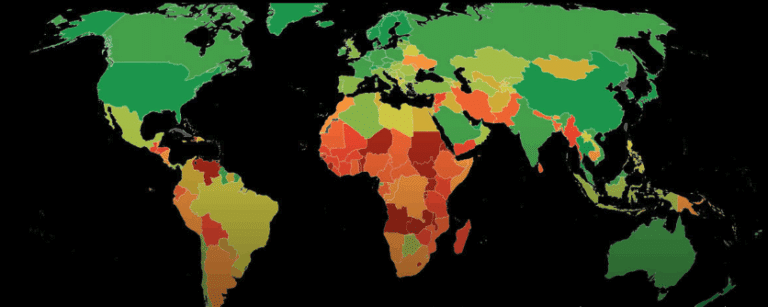Trump and Putin Meet in Alaska as Russia Continues to Attack Ukraine
We get analysis on from former U.S. Ambassador to Russia Michael McFaul and other experts.
Current Access Level “I” – ID Only: CUID holders, alumni, and approved guests only
Reports by Philippe Benoit & Kevin Tu • July 23, 2020
This report represents the research and views of the author. It does not necessarily represent the views of the Center on Global Energy Policy. The piece may be subject to further revision. Contributions to SIPA for the benefit of CGEP are general use gifts, which gives the Center discretion in how it allocates these funds. More information is available at Our Partners. Rare cases of sponsored projects are clearly indicated. For a full list of financial supporters of the Center on Global Energy Policy at Columbia University SIPA, please visit our website at Our Partners. See below a list of members that are currently in CGEP’s Visionary Annual Circle.
(This list is updated periodically)
Air Products
Anonymous
Jay Bernstein
Breakthrough Energy LLC
Children’s Investment Fund Foundation (CIFF)
China’s dramatic economic growth in the 21st century has made it not only the second largest economy in the world but also a powerhouse in the global energy system. Now, as the top energy consumer and the biggest emitter of greenhouse gases, China is being closely watched and judged as its impact on energy markets and climate grows more profound. Looking forward, many issues are expected to shape the evolution of China’s energy sector, not least of which is its development status.
While China’s economic might makes it a superpower alongside the United States, it still faces many of the major challenges of a typical developing country, such as widespread energy poverty, including 400 million people without access to clean cooking, significant air pollution, and dependence on increasing energy use to fuel future economic growth. Its modest income per capita qualifies it as a middle-income developing country.
Evaluating China’s development status is not just an academic exercise. How China views itself and its challenges and how the international community classifies it carry real-world consequences that can significantly impact how the country manages its energy needs going forward, what fuels it uses, how it interacts with energy and other partners, and the level of its contributions and commitment to climate change mitigation and adaptation efforts worldwide. Understanding the nature and implications of China’s development situation can help in designing energy policies and fostering an international framework that better promote sustainable growth both within the country and globally.
This paper examines how the usual criteria employed by international organizations to determine a country’s development standing have become increasingly difficult to apply to China, given the dramatic changes it has undergone over the past several decades, notably from an energy perspective. The paper finds that China combines significant characteristics of both developing and developed countries and examines the energy and environmental implications of this hybrid status. The following is a summary of the main findings:

This report explores how residents of North Lawndale, a predominantly Black and historically under-resourced neighborhood on Chicago’s West Side, experience the compounded effects of heat waves and power outages.


Full report
Reports by Philippe Benoit & Kevin Tu • July 23, 2020